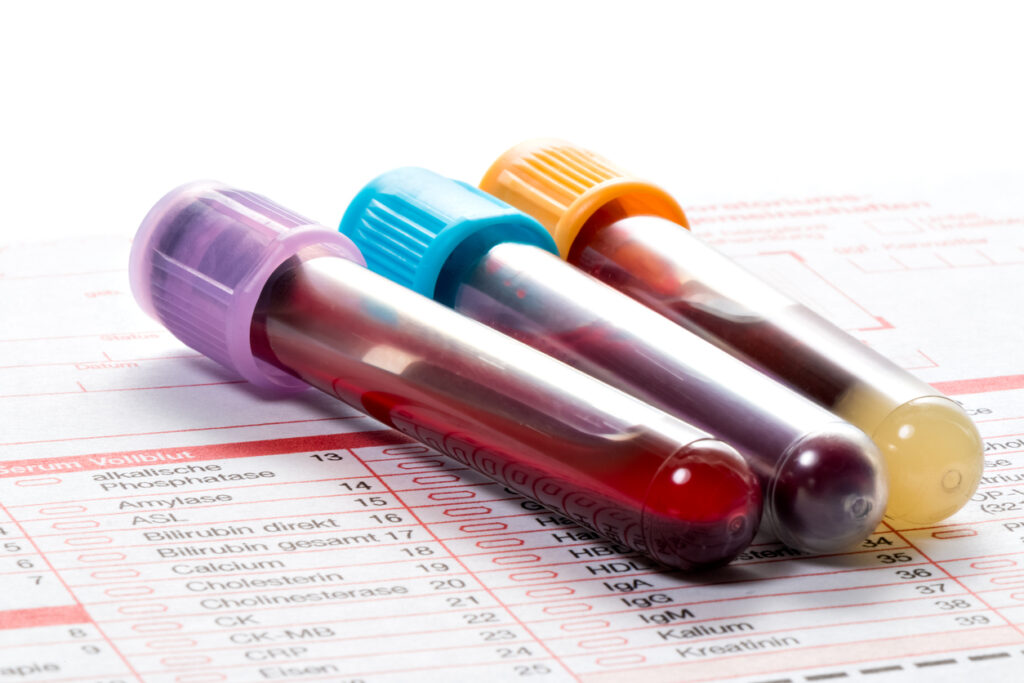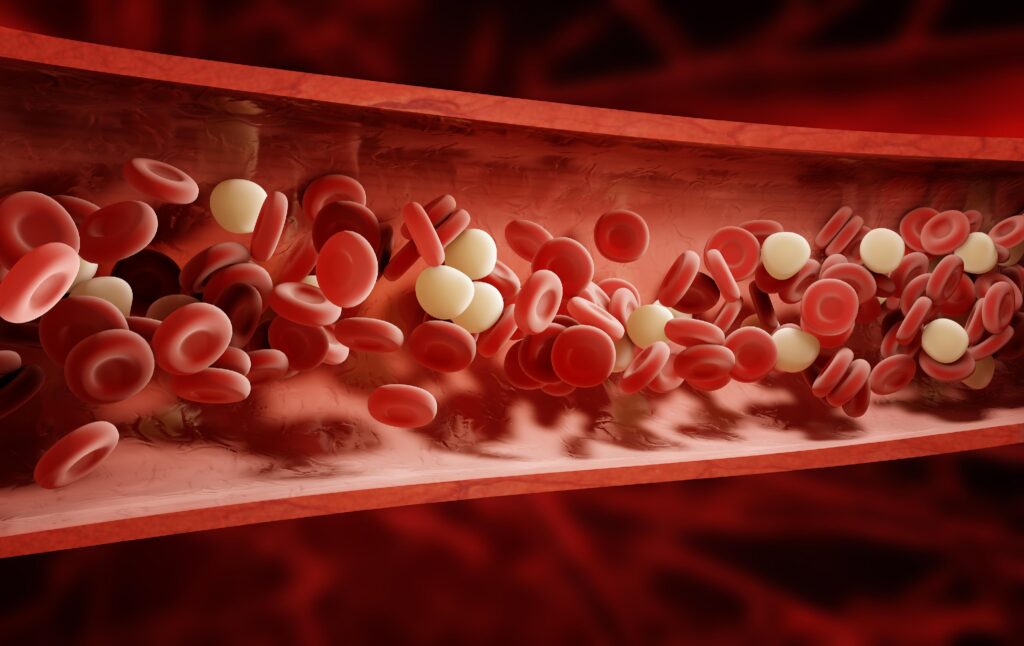If you’re on blood thinners like warfarin, understanding your International Normalized Ratio (INR) is essential to your safety. The INR self testing monitor offers a powerful tool for patients and caregivers to manage health from the comfort of home. But what happens when INR levels go too high?
This article breaks down the risks of high INR, when to seek medical attention, and how the right PT/INR monitor can help you stay safe and in control.
INR Self Testing Monitor – Why It Matters
The INR self testing monitor is a medical device that allows individuals to check their blood clotting levels without visiting a lab. Patients who are on anticoagulant therapy need to keep their INR within a target range to avoid the risks of clotting or bleeding.
Frequent testing improves outcomes, and with home testing, patients can quickly detect fluctuations and respond before complications arise. This is especially vital in preventing the consequences of high INR values.
PT INR Self Test vs Lab Testing
For years, patients have relied on lab visits to monitor their PT INR levels, which measure how long it takes blood to clot. However, lab testing can be inconvenient and lead to delays in care. With a PT INR self test, patients can:
- Test at home in under 2 minutes
- Avoid travel, waiting rooms, and exposure to illness
- Receive immediate, actionable results
- Improve medication adherence and outcomesNumerous studies show that home INR testing leads to better control of anticoagulation and fewer bleeding episodes, especially in patients who test weekly.
Understanding Bleeding Risk with High INR
An INR that’s too high means your blood is taking longer to clot than necessary. While this might reduce the risk of clots, it sharply increases your risk of bleeding—both minor and life-threatening.
Key bleeding symptoms to watch for:
- Frequent nosebleeds
- Blood in urine or stool
- Unusual bruising
- Bleeding gums
- Heavy menstrual bleeding
- Persistent headache or dizziness
- Vomiting blood or coughing up blood
The higher the INR climbs above your therapeutic range, the greater the bleeding risk. Typically, an INR above 4.5 is considered dangerous, and medical guidance becomes essential. An INR self testing monitor helps detect these changes early, so you can act fast.
Using a Home INR Testing Device Safely
A home INR testing device is only as helpful as its accuracy and usage. Here’s how to make the most of it:
- Follow a consistent testing schedule – ideally weekly
- Use fresh test strips and ensure proper storage
- Perform quality control checks if your device offers this option
- Record and track results for ongoing trends
- Communicate regularly with your healthcare provider
Most modern monitors require just a fingerstick and a small blood sample, delivering fast results within minutes. These devices are portable, user-friendly, and can help patients make informed decisions.
Prothrombin Time Patient Monitor – Choosing the Right Tool
The prothrombin time patient monitor you choose can make a big difference in both ease of use and clinical outcomes. When evaluating devices, look for the following:
- FDA clearance or CE marking
- Accuracy and reliability backed by clinical trials
- Clear digital display and minimal setup
- Bluetooth or data sharing options for remote care
- Training support from the manufacturer or provider
Remember, the goal is to give patients freedom, not frustration. A dependable monitor builds confidence and keeps users engaged in their health management.
When to Seek Medical Attention for High INR
So, when does a high INR move from concerning to critical?
Here are key signs that require immediate medical attention:
- INR above 4.5 with symptoms: If you experience bleeding, dizziness, or fatigue alongside a high INR reading, call your doctor immediately.
- INR above 5.0 without symptoms: This warrants medical advice even in the absence of symptoms, as minor injuries could lead to major bleeding.
- Severe symptoms like:
- Black, tarry stools
- Severe abdominal pain
- Vomiting blood
- Sudden vision or speech changes
- Severe headache or fainting
These may be signs of internal bleeding or hemorrhagic stroke, both of which are medical emergencies.
- Accidents or Falls
Even if you feel fine, any trauma when your INR is high should be evaluated by a healthcare professional.
With an INR self testing monitor, you can quickly measure and respond before things escalate. This level of control reduces ER visits and improves quality of life.
Maintaining Control – Preventing Dangerous INR Swings
Keeping INR in the therapeutic range is a fine balance influenced by:
- Diet (vitamin K intake)
- Alcohol consumption
- Medication changes
- Illness or infections
- Physical activity
To reduce INR fluctuations:
- Eat a consistent diet rich in leafy greens (don’t avoid them, just balance)
- Limit alcohol and avoid binge drinking
- Inform your doctor before starting or stopping any medication
- Take warfarin at the same time every day
- Use an INR self testing monitor weekly to spot problems early
A proactive approach can drastically reduce risks and keep INR stable over the long term.
The Power of Patient Self-Testing
Patient empowerment is at the heart of better healthcare. With the right tools and training, patients become partners in their treatment rather than passive recipients.
Key benefits of INR self testing:
- Reduced hospitalizations
- Higher time in therapeutic range (TTR)
- Better adherence to therapy
- Improved quality of life
- Greater peace of mind
Many patients report feeling safer, more in control, and less anxious once they start self-monitoring.
You may read our other blogs too:
EDUCATING CAREGIVERS: HELPING A LOVED ONE MONITOR INR AT HOME
LIVER DISEASE & BLOOD CLOTTING: WHY INR TESTING IS ESSENTIAL FOR LIVER PATIENTS
DEEP VEIN THROMBOSIS (DVT): SYMPTOMS, RISKS, AND THE ROLE OF PT/INR MONITORING
ATRIAL FIBRILLATION & STROKE PREVENTION: HOW PT/INR MONITORING SAVES LIVES
SUMMARY
Bleeding risks from high INR are serious, but they’re also manageable. With education, regular monitoring, and the right tools in your hands, you can catch warning signs early and act before problems begin. The INR self testing monitor is more than just a device—it’s a lifeline. It empowers you to stay ahead of complications, reduce unnecessary visits, and lead a fuller, more confident life on anticoagulants.
If you or a loved one is on blood thinners, it’s time to take charge of your health. Discover how our reliable, easy-to-use INR self testing monitor can give you freedom, safety, and support every step of the way. Contact us today to learn how you can get started with home testing and join thousands of patients living more confidently with anticoagulant therapy.




